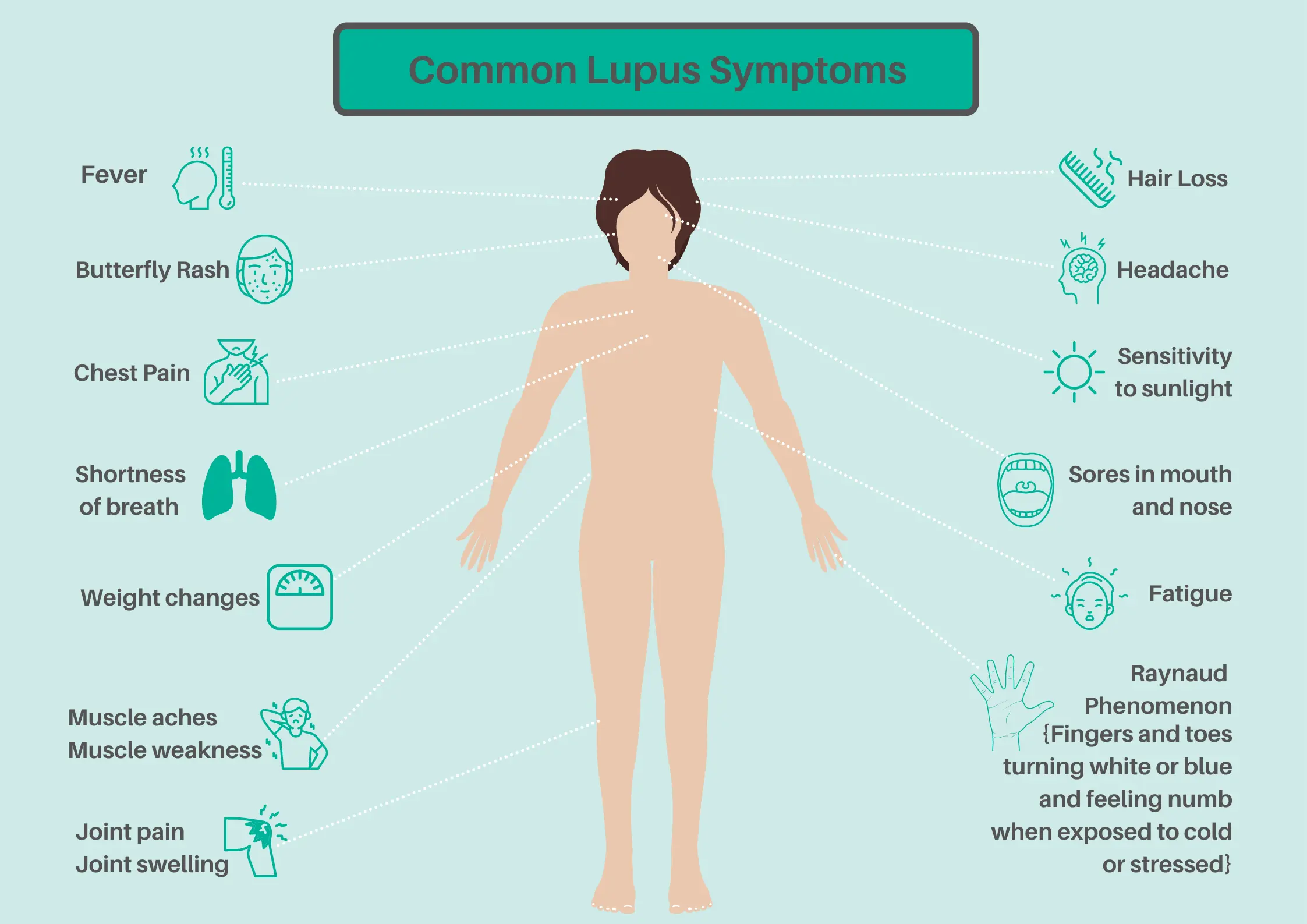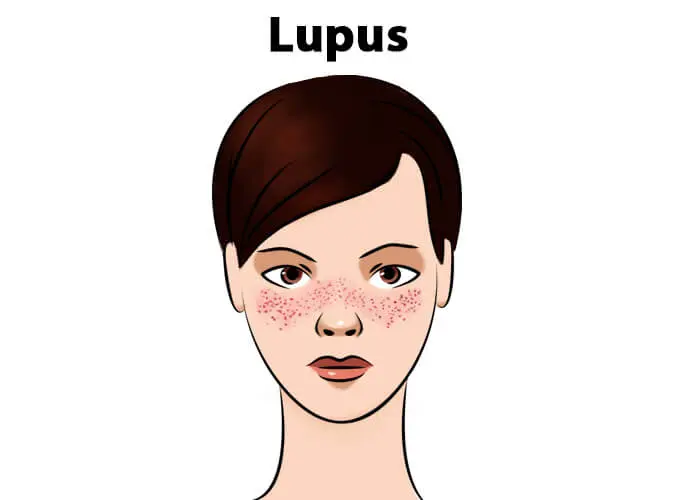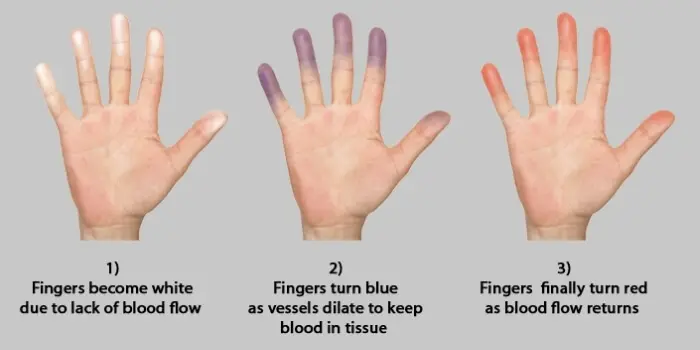Lupus, also called Systemic Lupus Erythematosus (SLE), is a chronic inflammatory condition that can affect any part of the body. It is an autoimmune condition in which the body’s immune system attacks healthy cells. It is characterized by unpredictable flares (increase in disease activity) and periods of remission (improved symptoms).
The prevalence of lupus in the United States is 20 to 150 cases per 100,000 people. It is more common in women and in African Americans, Hispanics and Asian Americans.
Lupus’ exact cause is unknown. It is believed to occur with an inherited predisposition for lupus and exposure to an environmental trigger, such as infection. More than 50 genes have been identified that are associated with Lupus. Estrogen hormone is also thought to be a contributor to causing lupus, explaining why it is prevalent in women.
People with lupus demonstrate various signs and symptoms, ranging from mild joint and skin involvement to involvement of kidneys, blood and the nervous system. Many people with Lupus do not exhibit all the symptoms.

Symptoms of Lupus
Fatigue
Fatigue or extreme exhaustion are the most common symptoms, and occur in almost all people.
Fever
Fever occurring in people who have lupus may due to a flare, infection, or drug reaction.
Muscle ache and muscle weakness
Muscle aches are common in people with lupus. However, muscle weakness is uncommon.
Weight changes
People with lupus may experience weight loss or gain. Unintentional weight loss occurs because of decreased appetite, side effects from medications (Hydroxychloroquine or Diuretics), and any associated gastrointestinal disease (Peptic Ulcer Disease, Pancreatitis or Gastroesophageal Reflux).
Weight gain may occur if there is salt and water retention due to kidney involvement, or an increase in appetite associated with steroid use.
Joint pain and swelling
Joint pain and swelling occur in 90% of people with lupus. The joints that are commonly affected are the knees, carpal joints, and joints of the fingers. Ankles, elbows, shoulders, and hips are less frequently involved. Stiffness of joints may occur in the morning.

Skin rash
- Three kinds of skin rashes are seen with lupus.
- A butterfly-shaped rash on the cheeks and nose that appear after sun exposure.
- Disc-shaped sores which have a tendency to scar.
- Red ring-shaped sores that can occur on skin-exposed areas, such as cheeks or nose, called Malar Rash. Arms and legs can be affected, too.
Mouth and nose ulcers
Ulcers or sores occurring in the mouth and nose are common. These are painless.
Hair loss
Hair loss or thinning hair is observed in people with lupus at some point during the course of the disease
Chest pain
Inflammation of lung tissue, or pleura (the lining that covers the outside of the lungs), causes chest pain. This occurs or worsens when you breathe.
Chest pain can also occur due to Pulmonary Embolism. Pulmonary embolism occurs when arteries leading to the lungs are blocked by blood clots. When this occurs, there is a sudden onset of chest pain and shortness of breath. This requires immediate medical attention.

Raynaud’s Phenomenon (fingers and toes turn white or blue and feel numb when exposed to cold or stress)
An exaggerated response of blood vessels in digital (fingers and toes) arteries can occur in response to cold temperature or emotional stress. These cause fingers or toes to change colors (white and blue).
Difficulty or painful swallowing, heartburn, or regurgitation (return of partly digested food from the stomach to the mouth)
These symptoms can occur is some people with involvement of esophagus.
Abdominal pain, nausea, fullness or feeling full after eating only a small portion of a meal (early satiety)
Peptic Ulcer Disease or ulcers in the stomach and initial part of the small intestine can occur in some people with Lupus showing these symptoms.
Headache, brain fog (confusion, trouble concentrating) and seizures
Involvement of the nervous system can cause headache, brain fog and seizures.
Dry, red eyes
Dryness, discomfort, eye pain, sensitivity to light, and the feeling of something in the eyes can be symptoms of Keratoconjunctivitis sicca, a condition associated with lupus.
The challenges in living with lupus can cause anxiety and stress. Learning all about lupus, sharing how you feel with caring family and friends, meditation and yoga can all help you cope.
Also, seeing your doctor regularly, being sun smart, getting consistent exercise, eating a healthy diet, and not smoking are some of the many measures you can take to prevent a lupus flare.


